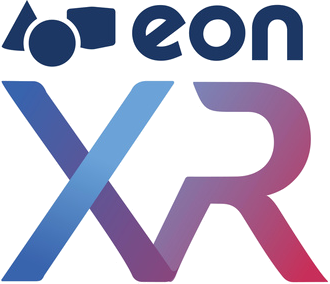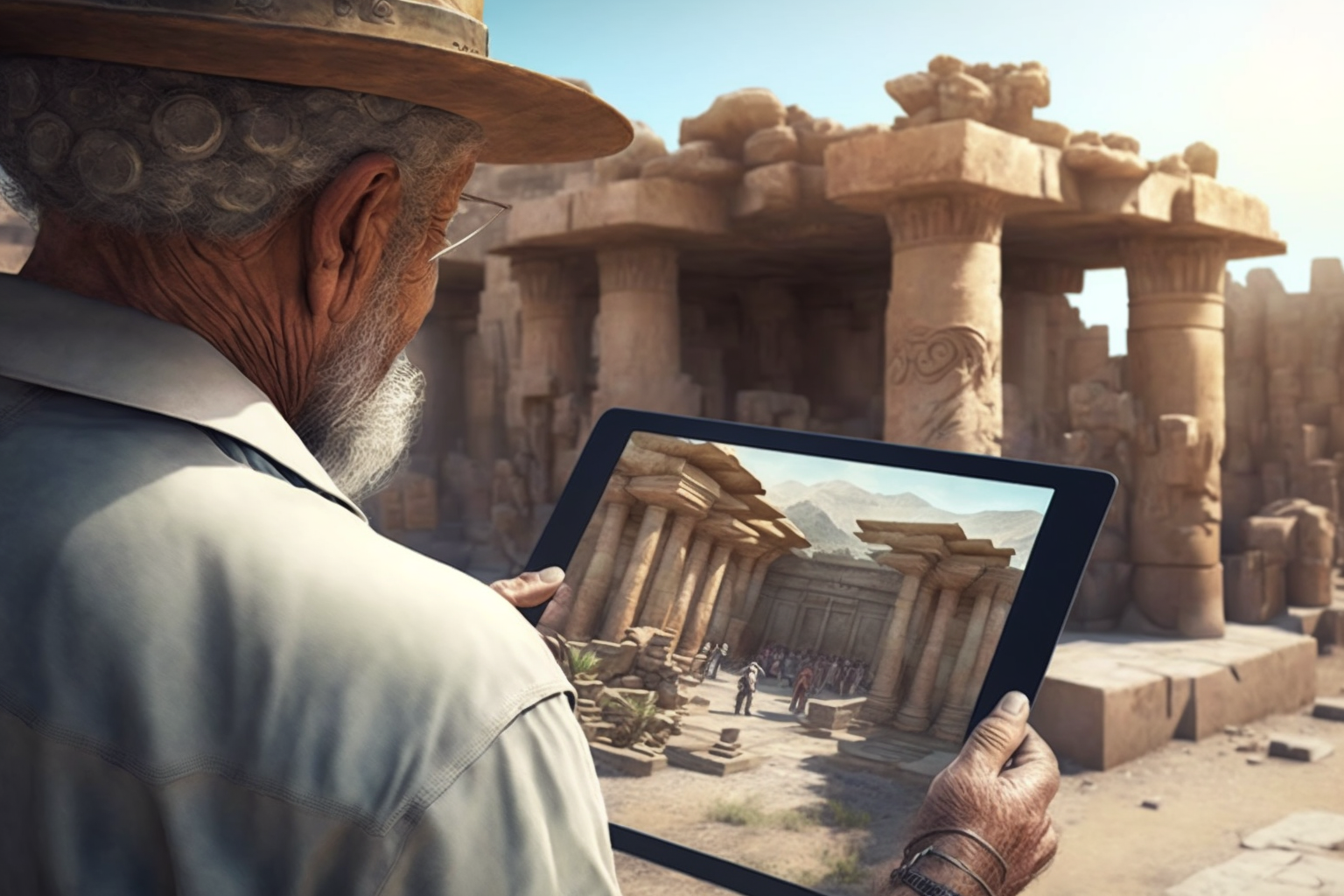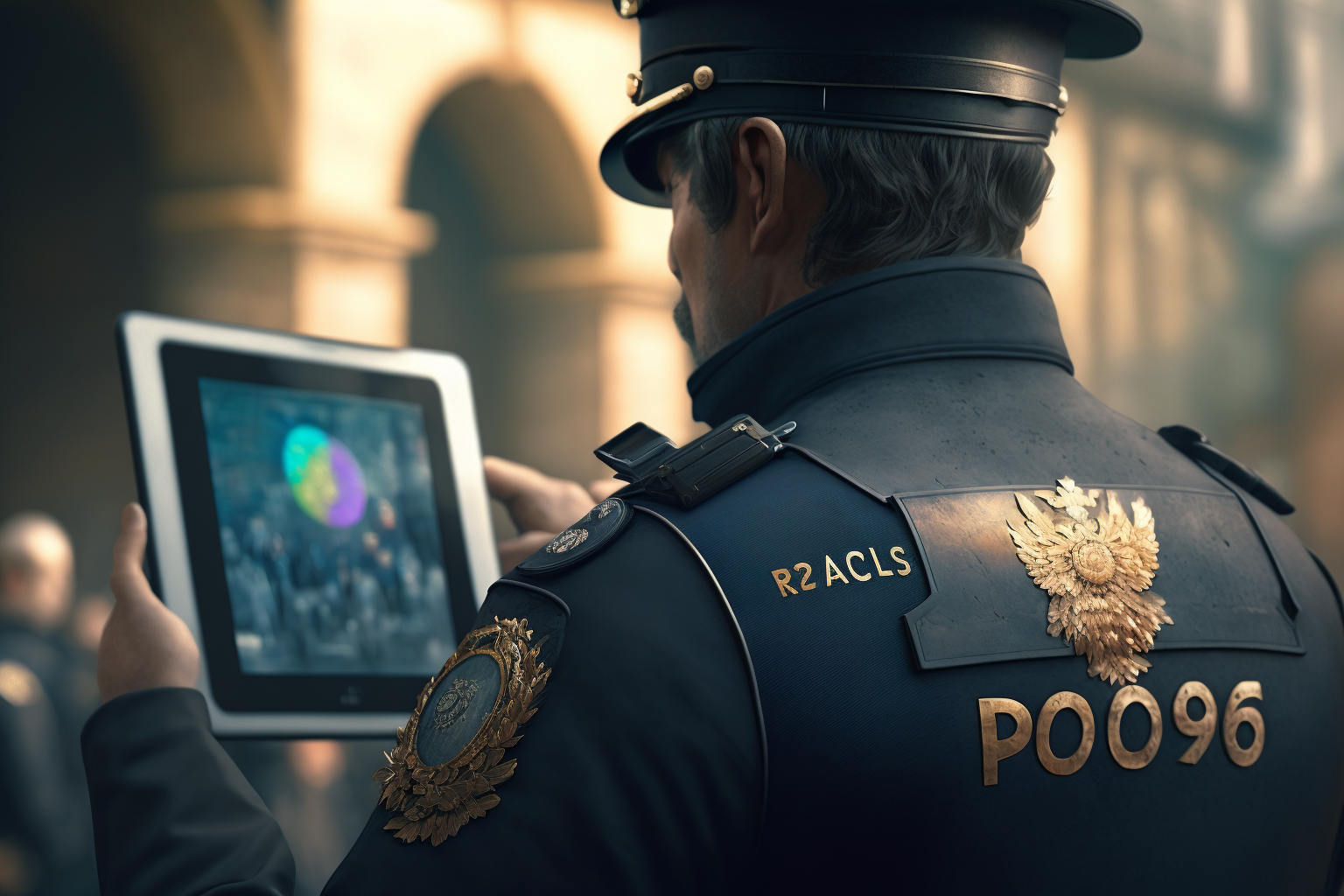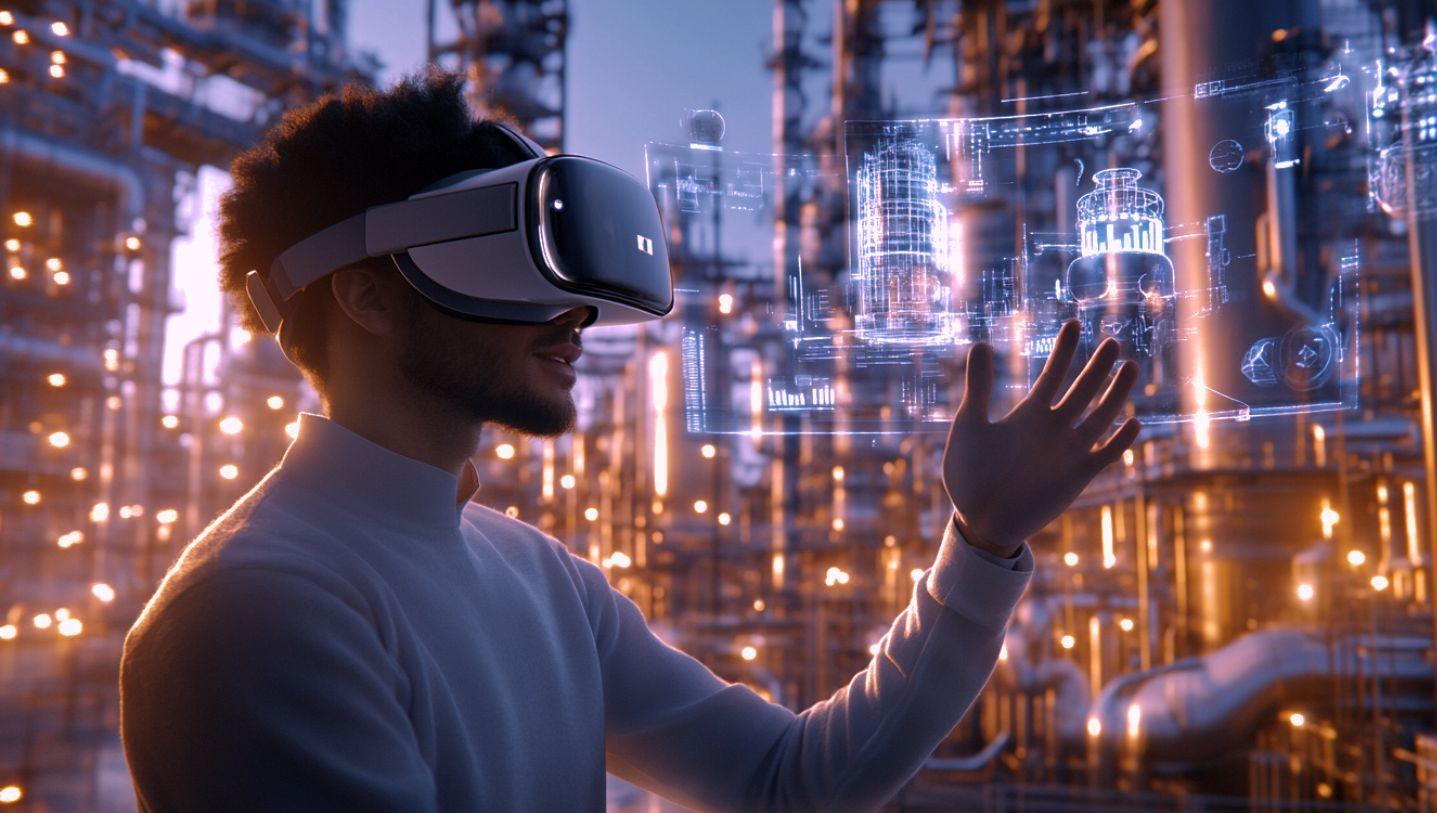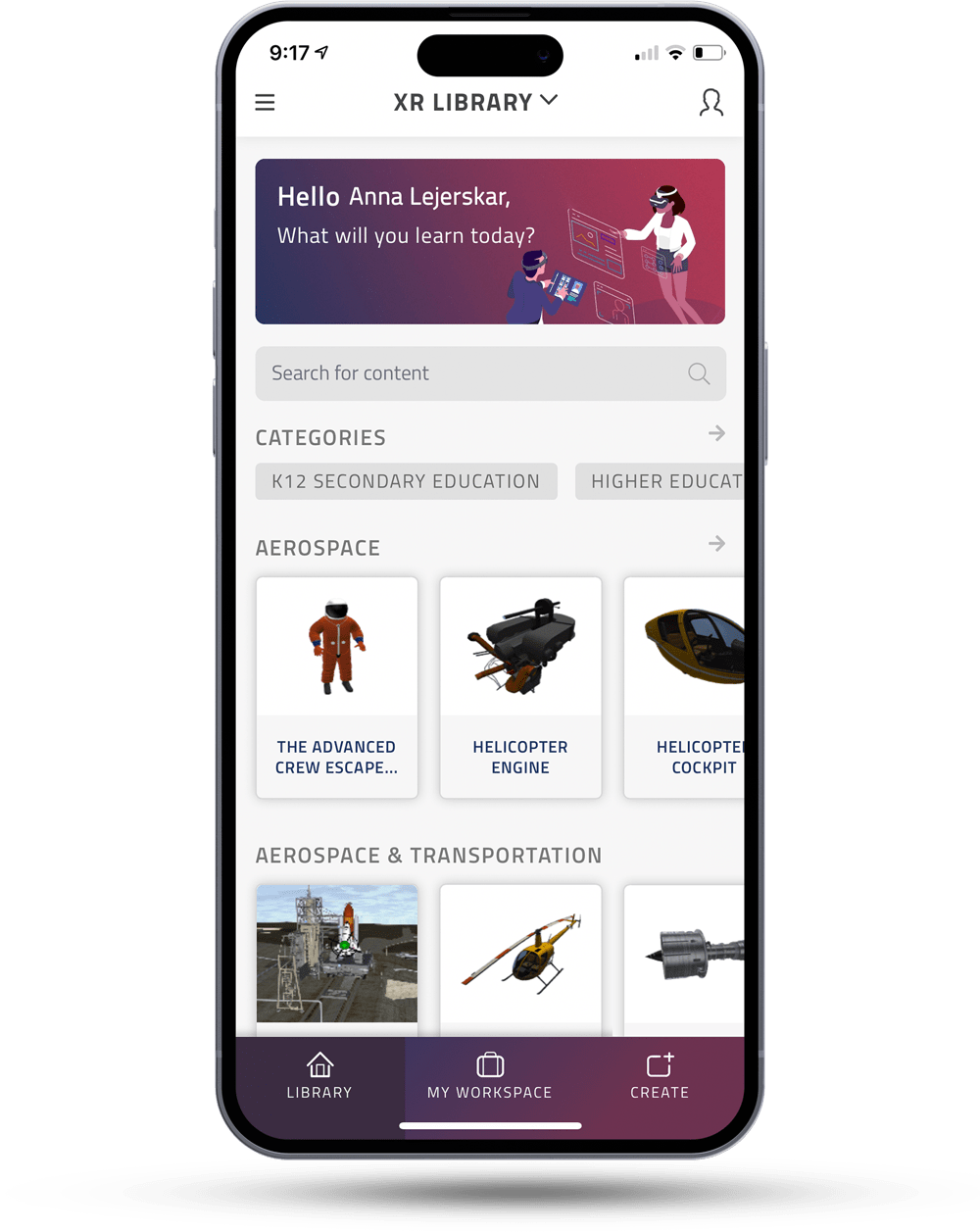A McKinsey report on Education to Employment, highlighted a paradox of two global crises – high youth unemployment rate and shortage of workforce with critical job skills (Ref 1). In 2013, the global youth unemployment rate was 12.6{0fab034ea82b07661647ea8532e9066bcdd529bddfd482414d4493f90063c904} – in real numbers, this meant 73.4 million young people were not gainfully employed. This rate is expected to increase to 12.8{0fab034ea82b07661647ea8532e9066bcdd529bddfd482414d4493f90063c904} in 2018. At the same time, the McKinsey report revealed that 58{0fab034ea82b07661647ea8532e9066bcdd529bddfd482414d4493f90063c904} of employers surveyed thought entry-level new hires did not have the necessary skills they needed. Such dilemmas are raising serious concerns for many governments. The Institute of Technical Education(ITE), is the leading education and training school for vocational skills in Singapore. Every year ITE educates and trains more than 25,000 students across 3 colleges in areas such as Aerospace and Marine Technology, Engineering Design and Manufacturing Technology, Hospitality Services, Service Innovation, and more.
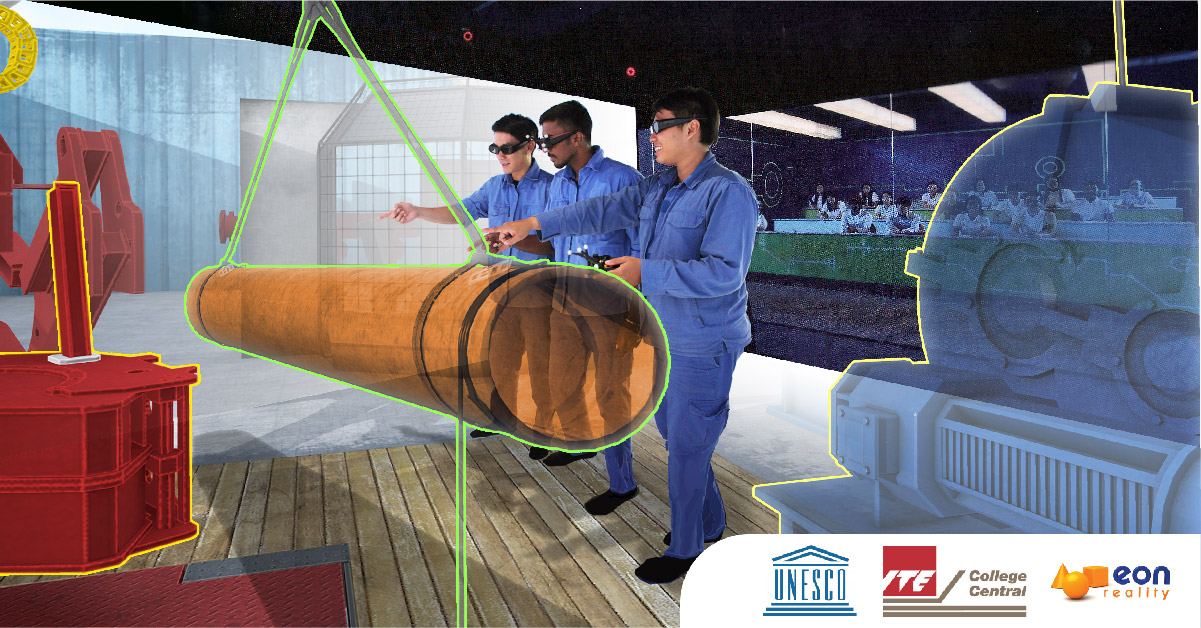
Since 2013, ITE has selected to adopt EON Reality’s knowledge transfer platform in an effort to:
• Enhance students’ attention during classes
• Offer ‘hands-on’ practice in a safe and controlled environment
• Reduce the need for costly physical training equipment
• Enhance students understanding
• Improve learning retention through the use of Virtual Reality and Augmented Reality solutions
ITE uses a range of scalable Virtual Reality and Augmented Reality solutions, enabling them to effectively deploy learning scenarios across a wide range of VR and AR systems – from large immersive rooms to mobile devices. For one example of a larger immersive Virtual Reality training system, see this video Feedback from the students showed noticeable changes in their mindset, practices and behaviors. With decreasing costs for 3D technology, there is strong potential for replication. Different scenarios, environment, and workflows can be created and developed, making the 3D VR-AR space highly applicable for skills development in diverse areas for future use. The applications are scalable as the developed apps can be deployed on different 3D platforms including mobile devices.



